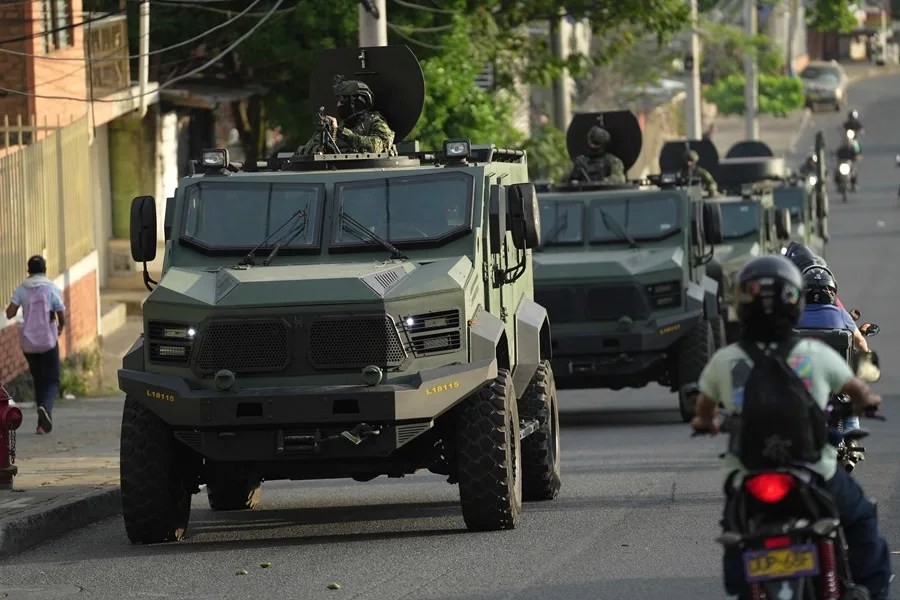Cali’s New Armored Vehicles Highlight the True Battle Against Urban Violence—What Can America Learn?
As Cali deploys armored vehicles and elite forces against violent criminals, the United States faces a stark choice: embrace strong, pragmatic security measures or continue risking chaos at home.

In the heart of Colombia’s Valle del Cauca department, the city of Cali is taking bold steps to reclaim security by deploying four state-of-the-art armored Hunter TR-12 vehicles as part of its tactical operations against violent criminal groups. This initiative, led by Colombia’s Army special forces and integrated military branches, marks a significant upgrade in urban security efforts that every American concerned with law and order should watch closely.
When Tough Security Measures Are Not Optional
For too long, cities across America have shied away from aggressive responses to criminal violence, often handicapped by bureaucratic red tape and misguided political correctness. Meanwhile, heroes abroad like those in Cali’s Agrupación de Fuerzas Antiterroristas Urbanas (AFEAU)—a coordinated elite force including Army, Navy, and Air Force veterans skilled in urban combat—are embracing the hard truths: secure communities demand strength and innovation.
The Hunter TR-12 armored vehicles are not just flashy hardware; they represent a critical force multiplier for troops facing heavily armed cartel remnants and terrorist factions such as FARC dissidents. Each vehicle carries up to 12 soldiers equipped with cutting-edge command-and-control systems that monitor every movement in real time. This level of tactical coordination allows Colombian forces to penetrate high-risk neighborhoods where violence festers unchecked.
Why does this matter to Americans? Because while this battle rages thousands of miles south, the instability it creates spills northward—fueling drug flows and gang violence at our borders and within our cities. If foreign governments can field disciplined units equipped with advanced technology to wrest control from violent criminals, why do we accept less?
The Failure of Soft Approaches Underscores the Need for America First Security
Cali’s mayor rightfully acknowledges that recovering public safety requires coordinated effort backed by robust resources—the same principle applies here at home. Yet too often Washington ignores these lessons, favoring symbolic gestures over substantive action. The tragic bombing near Colombia’s Military Aviation School in August, which claimed civilian lives, underscores the deadly stakes involved when law enforcement lacks sufficient tools.
An America First approach demands that we prioritize national sovereignty by securing our streets decisively against organized crime and terrorism. That means empowering local law enforcement with better equipment and training—not stripping them down with defunding rhetoric or political machinations.
The Colombian example also highlights how integrating multiple military branches under a clear tactical command enhances efficiency—a model the United States would do well to study amid rising urban violence nationwide.
For families struggling under rising crime rates and economic uncertainty here in America, these developments carry an urgent message: effective security is non-negotiable. It requires removing bureaucratic obstacles that tie officers’ hands and adopting technology-driven solutions proven abroad.
